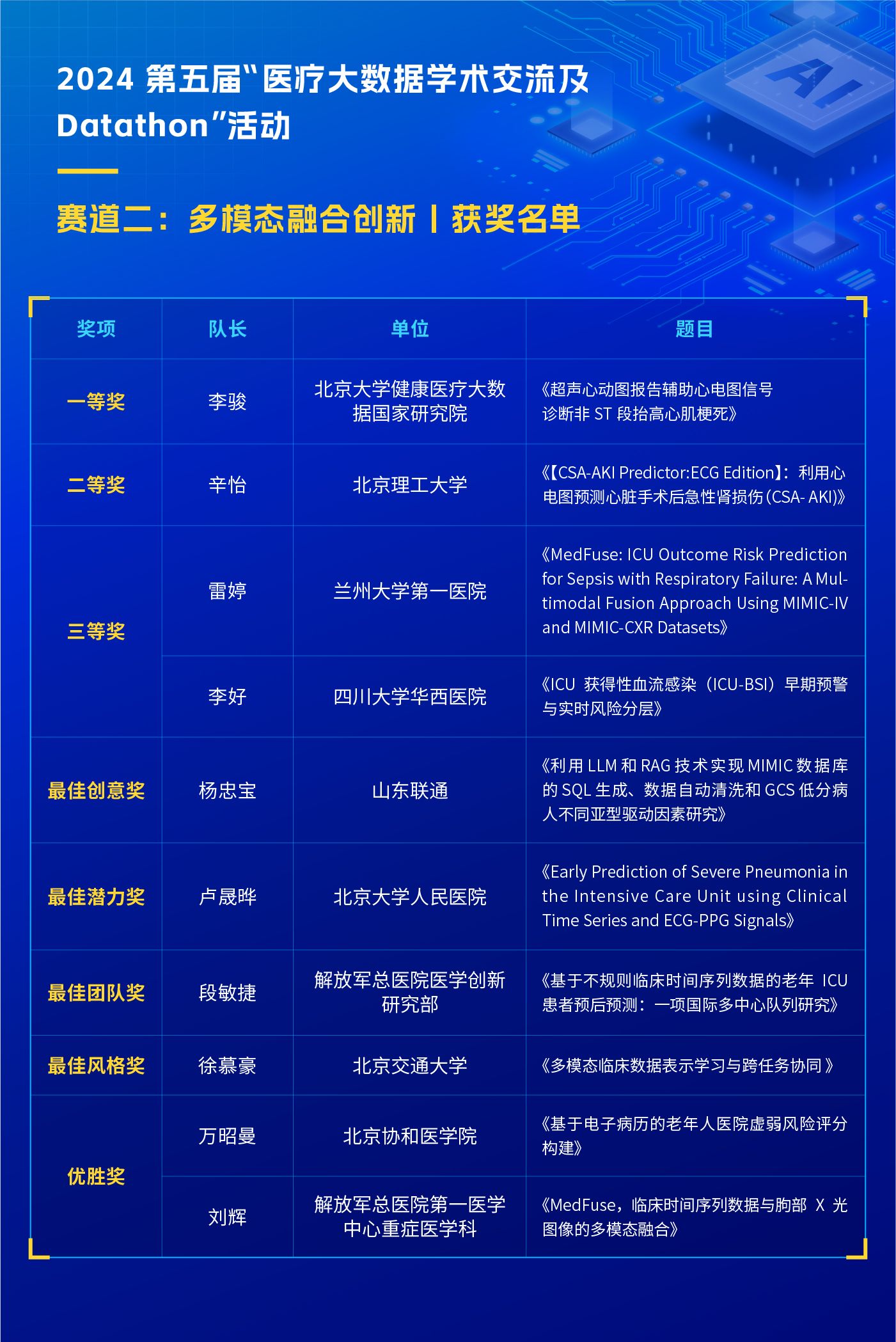文章目录
- UML图的结构主要表现为:继承(抽象)、关联 、组合或聚合 的三种关系。
- 1. 继承(抽象,泛化关系)
- 2. 关联
- 3. 组合/聚合
- 各种可能的配合:
- 1. 关联后抽象
- 2. 关联的集合
- 3. 组合接口
- 4. 递归聚合接口
- Adapter
- Bridge
- Composite
- Decorator
- Facade
- Flyweight
- Proxy
GoF(Gang of Four)设计模式的三大类:
Object Scope 可用于运行时
Class Scope 只能用于编译时

UML图的结构主要表现为:继承(抽象)、关联 、组合或聚合 的三种关系。
车是交通工具,车是我的,车里有发动机
1. 继承(抽象,泛化关系)
class Vehicle {String name;void move() {}
}class Car extends Vehicle {void drive() {}
}
2. 关联
class Person {Car car; // 关联关系
}class Car {String model;
}
3. 组合/聚合
class Car {Engine engine; // 组合关系GPS gps; // 聚合关系
}class Engine {}
class GPS {}
各种可能的配合:
圈住部分即为原因。
1. 关联后抽象

2. 关联的集合

3. 组合接口

4. 递归聚合接口

这里递归怎么理解?
其实是虽然我的装饰器实现了这个接口,但是我的装饰器类内部成员可能还有有这个接口类。
Adapter
适配器模式能够将不兼容的接口转换成兼容的接口,从而使得原本无法直接交互的类能够合作。
可以在不修改现有代码的情况下,重用第三方的功能或代码。
可以在不同的系统间进行灵活的接口转换,尤其适用于系统集成和迁移。
Adapter(适配器)设计模式
继承+关联 (“关联后抽象”)
“ 加一层,新接口。”

(“R”标记:可运行时改变;实心箭头指实现,空心指泛化)
设计逻辑的层次:
- 先从具体类(ConcreteAdapter)的实现入手,明确其与其他类的关联(如 Adaptee)。
- 然后在其上进一步抽象出一个统一的接口(Adapter),以适应多种实现需求。
// 老版本的播放器接口
class OldMediaPlayer {void playAudio() {System.out.println("Playing audio...");}
}// 新播放器接口
interface ModernPlayer {void play();
}// 适配器类
class PlayerAdapter implements ModernPlayer {private OldMediaPlayer oldMediaPlayer;public PlayerAdapter(OldMediaPlayer oldMediaPlayer) {this.oldMediaPlayer = oldMediaPlayer;}@Overridepublic void play() {oldMediaPlayer.playAudio(); // 使用旧方法适配新接口}
}// 客户端代码
public class AdapterExample {public static void main(String[] args) {OldMediaPlayer oldPlayer = new OldMediaPlayer();ModernPlayer modernPlayer = new PlayerAdapter(oldPlayer);modernPlayer.play(); // 使用新接口播放}
}
Bridge
解耦抽象和实现:桥接模式将抽象部分与实现部分分离,可以独立地扩展两者。
新增抽象层或者实现层时,不会影响到对方,增强了系统的可扩展性。
避免重复代码,增加代码复用性。
Bridge(桥)设计模式
组合接口
“ 比如形状类里加个颜色类。 而该形状可以在各种地方使用”

// 实现接口
interface Color {String fill();
}class Red implements Color {public String fill() {return "Color is Red";}
}class Blue implements Color {public String fill() {return "Color is Blue";}
}// 抽象类
abstract class Shape {protected Color color;public Shape(Color color) {this.color = color;}abstract void draw();
}class Circle extends Shape {public Circle(Color color) {super(color);}public void draw() {System.out.println("Drawing Circle. " + color.fill());}
}// 客户端代码
public class BridgeExample {public static void main(String[] args) {Shape redCircle = new Circle(new Red());Shape blueCircle = new Circle(new Blue());redCircle.draw();blueCircle.draw();}
}
Composite
树形结构:组合模式允许你以树形结构来组合对象,简化了对象的管理和处理。
统一操作:可以统一对单个对象和组合对象的处理,客户端不需要知道是单一对象还是组合对象。
递归结构:支持递归组合,使得层次结构更易于表示和管理,特别适用于有层次结构的对象模型。
Composite(组合)设计模式
递归聚合接口
“可以都放进一个容器,装满书的书包”
书包里可能还有一个书包,所以书包的“聚合”里,还有component抽象类——递归。

// 组件接口
interface Component {void operation();
}// 叶子节点
class Leaf implements Component {private String name;public Leaf(String name) {this.name = name;}public void operation() {System.out.println("Leaf: " + name);}
}// 容器节点
class Composite implements Component {private List<Component> children = new ArrayList<>();public void add(Component component) {children.add(component);}public void operation() {for (Component child : children) {child.operation();}}
}// 客户端代码
public class CompositeExample {public static void main(String[] args) {Composite root = new Composite();Leaf leaf1 = new Leaf("Leaf 1");Leaf leaf2 = new Leaf("Leaf 2");Composite subTree = new Composite();subTree.add(new Leaf("SubTree Leaf 1"));root.add(leaf1);root.add(leaf2);root.add(subTree);root.operation(); // 遍历树形结构}
}
Decorator
动态扩展功能:装饰器模式可以在运行时动态地给对象添加新的功能,而不改变原有类的代码。
增加灵活性:通过装饰器,可以为对象添加多种功能,客户端可以根据需求进行组合,增加了系统的灵活性。
符合开放/关闭原则:装饰器通过扩展功能,而不是修改类本身,符合开放/关闭原则。
Decorator(装饰器)设计模式
递归聚合接口
“对不同物品可以进行不同装饰”
“两组抽象和实现。
装饰器里有【具体部件】和新的方法”

// 抽象组件(饮料)
interface Beverage {String getDescription();double cost();
}// 具体组件
class Coffee implements Beverage {public String getDescription() {return "Coffee";}public double cost() {return 5.0;}
}// 装饰器
abstract class AddOnDecorator implements Beverage {protected Beverage beverage;public AddOnDecorator(Beverage beverage) {this.beverage = beverage;}
}class Milk extends AddOnDecorator {public Milk(Beverage beverage) {super(beverage);}public String getDescription() {return beverage.getDescription() + ", Milk";}public double cost() {return beverage.cost() + 1.0;}
}class Sugar extends AddOnDecorator {public Sugar(Beverage beverage) {super(beverage);}public String getDescription() {return beverage.getDescription() + ", Sugar";}public double cost() {return beverage.cost() + 0.5;}
}// 客户端代码
public class DecoratorExample {public static void main(String[] args) {Beverage beverage = new Coffee();beverage = new Milk(beverage);beverage = new Sugar(beverage);System.out.println(beverage.getDescription() + " costs " + beverage.cost());}
}
Facade
简化接口:外观模式为复杂子系统提供了一个统一的、高层的接口,简化了客户端的调用方式。
降低耦合:客户端不需要了解各个子系统的实现细节,只需要与外观类交互,从而降低了系统的耦合度。
便于扩展:如果需要修改子系统的实现,可以在外观类中进行修改,而不影响客户端代码。
Façade(门面)设计模式
关联的集合
“将各个组件集成在一起”

class CPU {public void start() {System.out.println("CPU started.");}
}class Memory {public void load() {System.out.println("Memory loaded.");}
}class HardDrive {public void readData() {System.out.println("HardDrive read data.");}
}// 门面类
class ComputerFacade {private CPU cpu;private Memory memory;private HardDrive hardDrive;public ComputerFacade() {this.cpu = new CPU();this.memory = new Memory();this.hardDrive = new HardDrive();}public void start() {cpu.start();memory.load();hardDrive.readData();}
}// 客户端代码
public class FacadeExample {public static void main(String[] args) {ComputerFacade computer = new ComputerFacade();computer.start(); // 一键启动}
}
Flyweight
内存优化:享元模式通过共享相同的对象实例,减少了内存的消耗,尤其适用于大量相似对象的场景。
提高性能:由于共享对象的使用,可以减少对象的创建和销毁,提高了系统的性能。
Flyweight(享元)设计模式
关联的集合
“共享的懒汉模式”

// 抽象享元
interface Shape {void draw();
}// 具体享元
class Circle implements Shape {private String color;public Circle(String color) {this.color = color;}public void draw() {System.out.println("Drawing " + color + " Circle");}
}// 享元工厂
class ShapeFactory {private static Map<String, Shape> shapeMap = new HashMap<>();public static Shape getCircle(String color) {if (!shapeMap.containsKey(color)) {shapeMap.put(color, new Circle(color));System.out.println("Created new " + color + " Circle");}return shapeMap.get(color);}
}// 客户端代码
public class FlyweightExample {public static void main(String[] args) {Shape redCircle = ShapeFactory.getCircle("Red");Shape blueCircle = ShapeFactory.getCircle("Blue");Shape anotherRedCircle = ShapeFactory.getCircle("Red");redCircle.draw();blueCircle.draw();anotherRedCircle.draw(); // 复用红色圆}
}
Proxy
控制访问:代理模式可以控制对真实对象的访问,例如延迟加载、权限控制、缓存等。
增强功能:代理类可以为目标对象增加额外的功能,比如日志记录、安全控制等,而不需要修改目标对象的代码。
降低耦合:代理类和目标类相互独立,客户端通过代理类访问目标对象,减少了对目标类的直接依赖。
Proxy(代理)设计模式
关联后抽象
“懒汉模式”

// 抽象接口
interface Image {void display();
}// 真实类
class RealImage implements Image {private String fileName;public RealImage(String fileName) {this.fileName = fileName;loadFromDisk();}private void loadFromDisk() {System.out.println("Loading " + fileName);}public void display() {System.out.println("Displaying " + fileName);}
}// 代理类
class ProxyImage implements Image {private RealImage realImage;private String fileName;public ProxyImage(String fileName) {this.fileName = fileName;}public void display() {if (realImage == null) {realImage = new RealImage(fileName); // 延迟加载}realImage.display();}
}// 客户端代码
public class ProxyExample {public static void main(String[] args) {Image image = new ProxyImage("test.jpg");image.display(); // 加载并显示image.display(); // 再次显示,无需加载}
}





